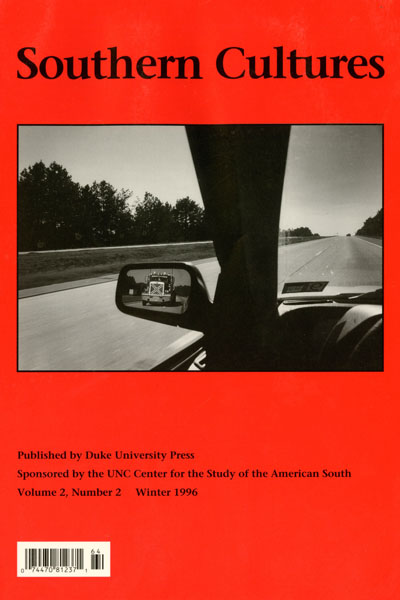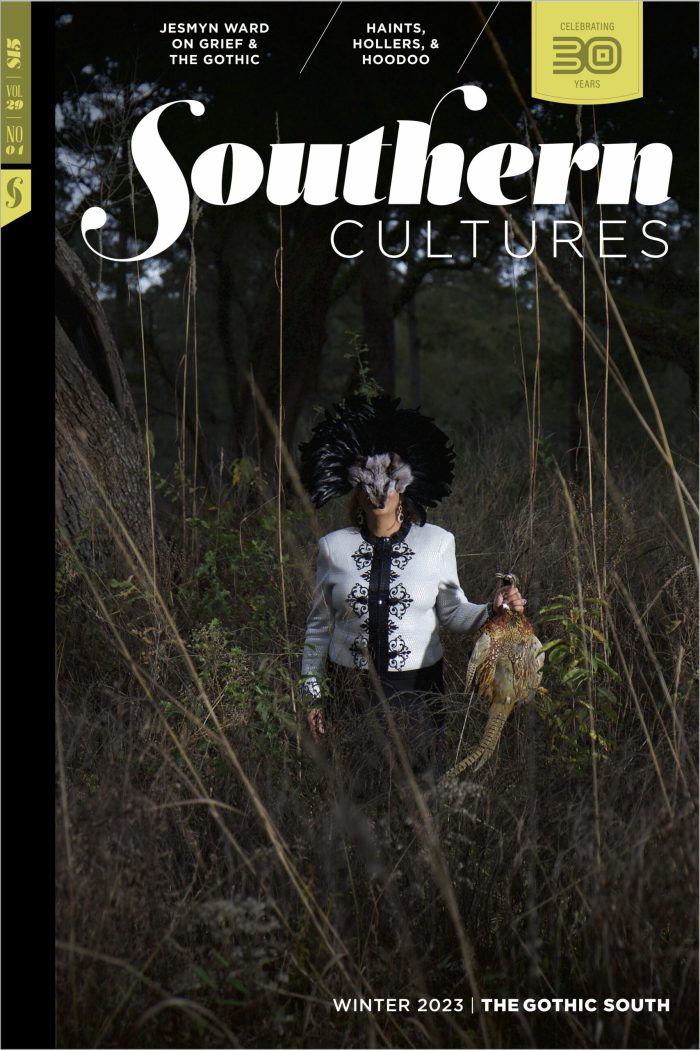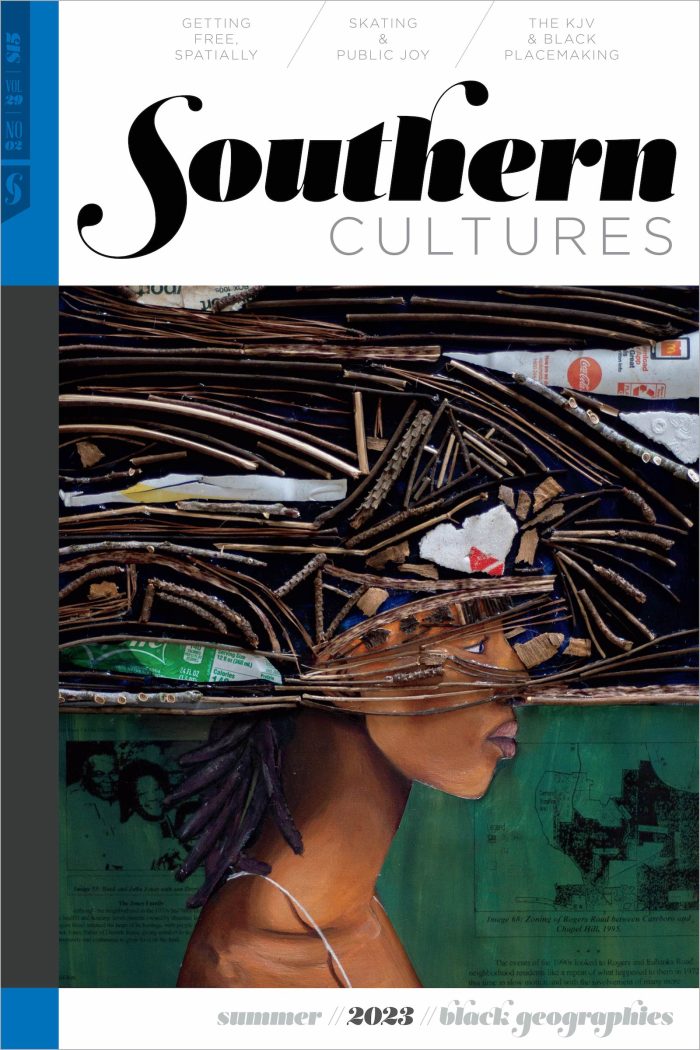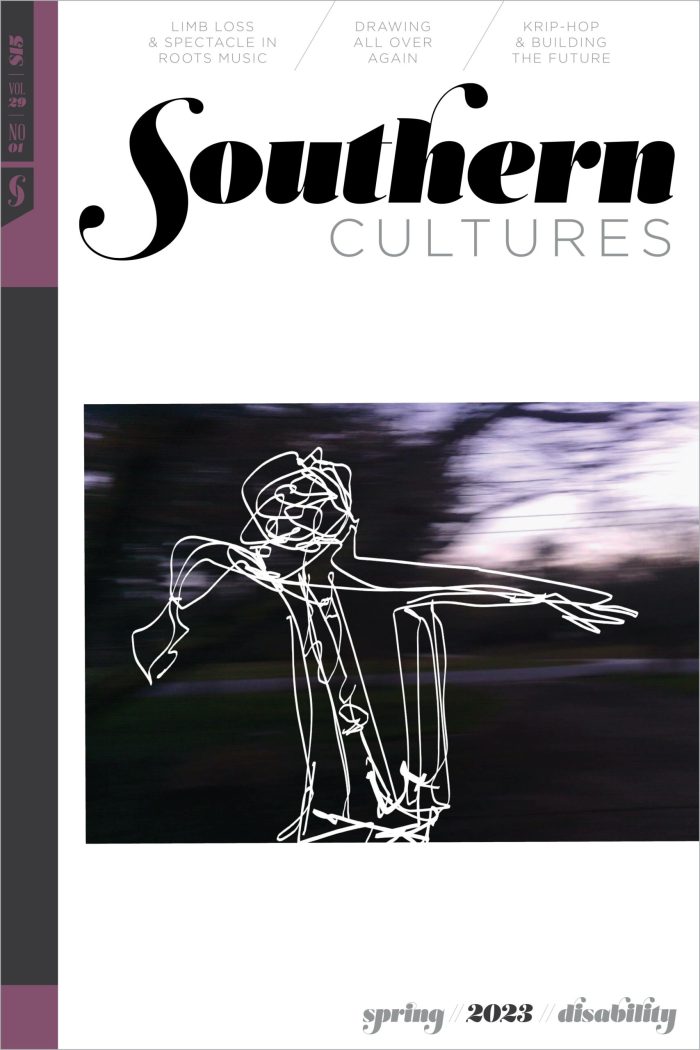BUY ACCESS
by Harry L. Watson
As kids, we obviously lacked a lot of factual information, but age and ignorance were not our only sources of confusion. Instead, as Americans and white southerners both, we couldn’t be entirely sure who “we” were. It must have been about the time of the Fort Sumter Centennial that a bunch of us boys found »
BUY ACCESS
by Peter A. Coclanis
“Estimating the Civil War’s cost can be a difficult and unseemly business, according to the author. Yet economists and historians keep arguing over the figure.” No event has so captured the historical imagination of Americans as the Civil War. Ask Ken Burns, creator of the acclaimed PBS series, or better yet one of his accountants. »
BUY ACCESS
by Richard D. Starnes
An important campaign of the Civil War began in New Orleans, Louisiana, in 1869. Sporadic outbreaks of resistance had occurred since 1865, and the events in New Orleans merely gave organization and direction to Confederate resistance efforts. Like the military operations undertaken between 1861 and 1865, the dedicated white southerners who carried out the campaign »
BUY ACCESS
by John M. Coski
“Through more than three dozen photographs, the author reveals the battle flag’s history and its symbolism.” The most controversial and ubiquitous of Confederate symbols today, as well as for the last half-century, is the battle flag of the Army of Northern Virginia—a blue St. Andrews cross emblazoned on a field of red.
BUY ACCESS
by Kevin Thornton
“The author argues that the time has come to give up the Confederate battle flag as a public symbol. A sense of southern identity, though, should be preserved.” For most of this century, public memory in the South has cherished the noble Lost Cause. The Confederate monument in Yazoo City, Mississippi, erected in 1909 by »
BUY ACCESS
by Robert C. Kenzer
University of North Carolina Press, 1994 William Marvel begins his award-winning study of Andersonville Prison by observing, “Some 41,000 men shuffled into the prison stockade at Anderson Station, Georgia, between February of 1864 and April of 1865. Of those, perhaps 26,000 lived long enough to reach home. Theirs was undoubtedly the most unpleasant experience of »
BUY ACCESS
by David Glassberg
Smithsonian Institution Press, 1995 The Civil War has been history for more than 130 years. In the decades immediately after Appomattox, Americans developed countless narratives of the war’s events. Their versions of the conflict were communicated through soldiers’ stories and local commemorative rituals that varied according to whether they lived in the North or the »
BUY ACCESS
by Christopher Morris
University Press of Virginia, 1993 An Evening When Alone brings together the journals of four southern women. At first glance, these women will seem familiar to students of southern culture.
BUY ACCESS
by Tom Hanchett
New York University Press, 1994 In the hundred years since the Industrial Revolution, a market revolution has transformed the American economy and in the process drastically reshaped all aspects of daily life. Once a nation of relatively isolated farmsteads and insular villages where families produced much of what they needed themselves, the United States has »
BUY ACCESS
by John Herbert Roper
Oxford University Press, 1994 When Nancy MacLean unmasks the Ku Klux Klan, the results are predictably bad for the KKK. But the results are even worse for good people, solid citizens, the progressive middle class, all of us who can say, as did the late writer Truman Capote, “My parents and my neighbors were racists, »
BUY ACCESS
by Lawrence N. Powell
University of Georgia Press, 1995 If the Montgomery-to-Selma paradigm dominates civil rights history, it is easy to understand why. The Montgomery bus boycott that opened the era thrust the mantle of leadership on Martin Luther King Jr., whose prophetic charisma still defines the period. Ten years later the Selma march, which spurred passage of the »
BUY ACCESS
by Michele Foster
The University of North Carolina Press, 1994 When Nathan Glazer and Daniel P. Moynihan published their book Beyond the Melting Pot in 1963 they wrote, “Without a special language and culture and without the historical experiences that create an élan and a morale what is there to lead them to build their own life, to »
BUY ACCESS
by John David Smith
University of Missouri Press, 1993. Surveying the South reprints ten articles published by John Shelton Reed between 1978 and 1991. Appropriately, Reed dedicates his collection of essays to distinguished pioneer sociologists Guy B. Johnson, Edgar T. Thompson, and Rupert B. Vance. One of the nation’s foremost regional sociologists, Reed devotes considerable attention to the contributions »
BUY ACCESS
by John Shelton Reed
“This time, our pollster asks the question, ‘Do you agree or disagree that, if it could be done without war, the South would be better off as a separate country today?'” In his presidential address to the American Association for Public Opinion Research, which he titled “The Obligation of the 1950 Pollster to the 1984 »
BUY ACCESS
by Clyde N. Wilson
I remember my own father and uncles returning from World War II with stories of how southerners, particularly rural and working-class ones, were denigrated and ridiculed by conscripted urbanités for their speech, manners, attitudes. There was a general cultural attack at the time on “hillbillies.” This was the beginning of their sectional consciousness I am »
BUY ACCESS
by James Forman Jr.
“For relief, I take my eyes off the flag and glance down again at the groundskeeper, who is still pulling the cords to raise the trio of flags.” It is the spring of 1984 in Atlanta, and the groundskeeper at Franklin Delano Roosevelt High School is starting his morning routine. In my twelfth grade homeroom »





